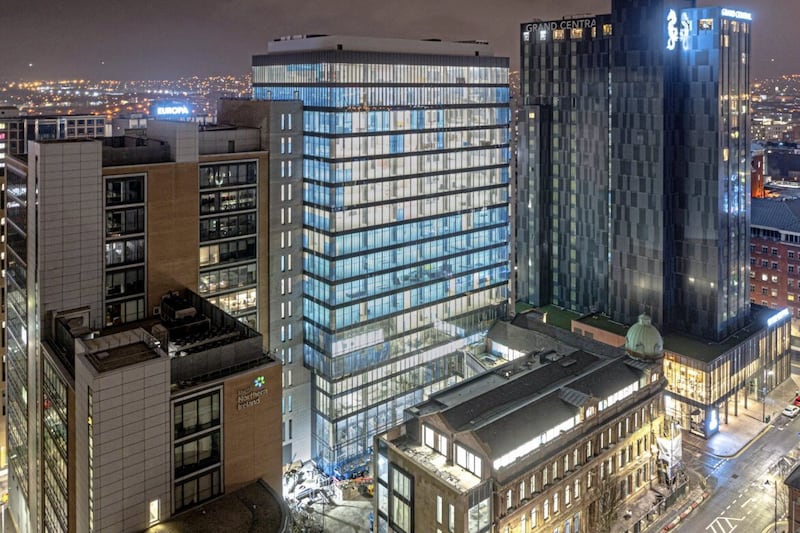THE decision by the Bank of England last week to raise interest rates by a quarter of a percentage point came as little surprise to the commercial property industry. The sector remains ready for the rise and remaining robust, cognisant of the fact that this rise merely corrects the emergency Brexit reduction of summer 2016.
Much has been made of this being the first rate rise in a decade but, in reality, interest rates remain historically low and will likely remain so for a sustained period.
The Bank of England looks set to follow the lead of the Fed by giving lots of advanced warning to balance the competing pressures of normalising rates without derailing growth. As such, it has indicated that rates will probably rise twice more in the next three years to around 1 per cent.
This means corporate property investment remains a compelling proposition, especially when considering the returns from UK government bonds.
It wasn’t surprising, therefore, that our most recent research report, which examined the commercial property market over the third quarter of the year, recorded a busy period for the sector, which is on course to surpass £300 million in transactions this year.
However, in a trend which could be directly linked to the ongoing low interest rates, it was the sales of assets in the bracket below £2 million which performed particularly strongly over the three months.
Anecdotally, many of the purchasers are utilising the tax benefits of SIPPs (Self-Investment Personal Pensions) and SSASs (Small Self-Assessed Schemes) and are keen to deploy capital given the ongoing uncertainty in the equity markets.
As a result, where properties are relatively low risk and are well let, we have actually been seeing prices surpassing equivalent investments in Britain due to a lack of stock locally.
However, at the other end of the market, despite the positive fundamentals and the re-emergence of rental growth, there isn’t the same depth in terms of the volume of purchasers operating in the region, which isn’t helped by continued uncertainty surrounding Brexit negotiations and the impasse at local government level.
There are more positive signs for the export sector, with the fall in the value of sterling meaning the demand for industrial space from export-focused manufacturers has experienced an increase.
In fact, insolvency and restructuring trade body R3 recently reported that Northern Ireland’s manufacturing sector has the lowest rate of firms in “the higher than normal risk of insolvency” category compared to anywhere else in the UK.
The quarter was also the best on record, in nominal terms, for exporters, according to figures released by HM Revenue and Customs, boosted by a major increase in goods going to the Republic of Ireland.
It all means that the outlook for the commercial property market remains positive, even in the wake of the first rise in interest rates since the economic downturn.
:: Declan Flynn is managing director of Belfast-based commercial property agency Lisney, which works on behalf of many of Northern Ireland's most significant investors and developers as well as major retailers and businesses








